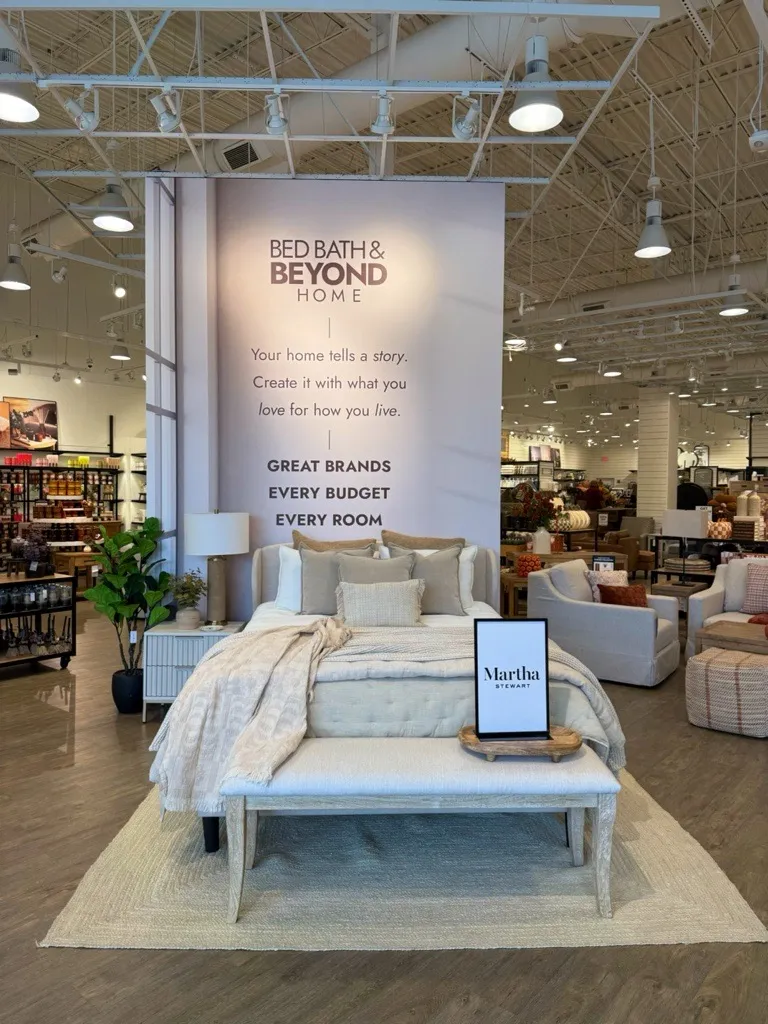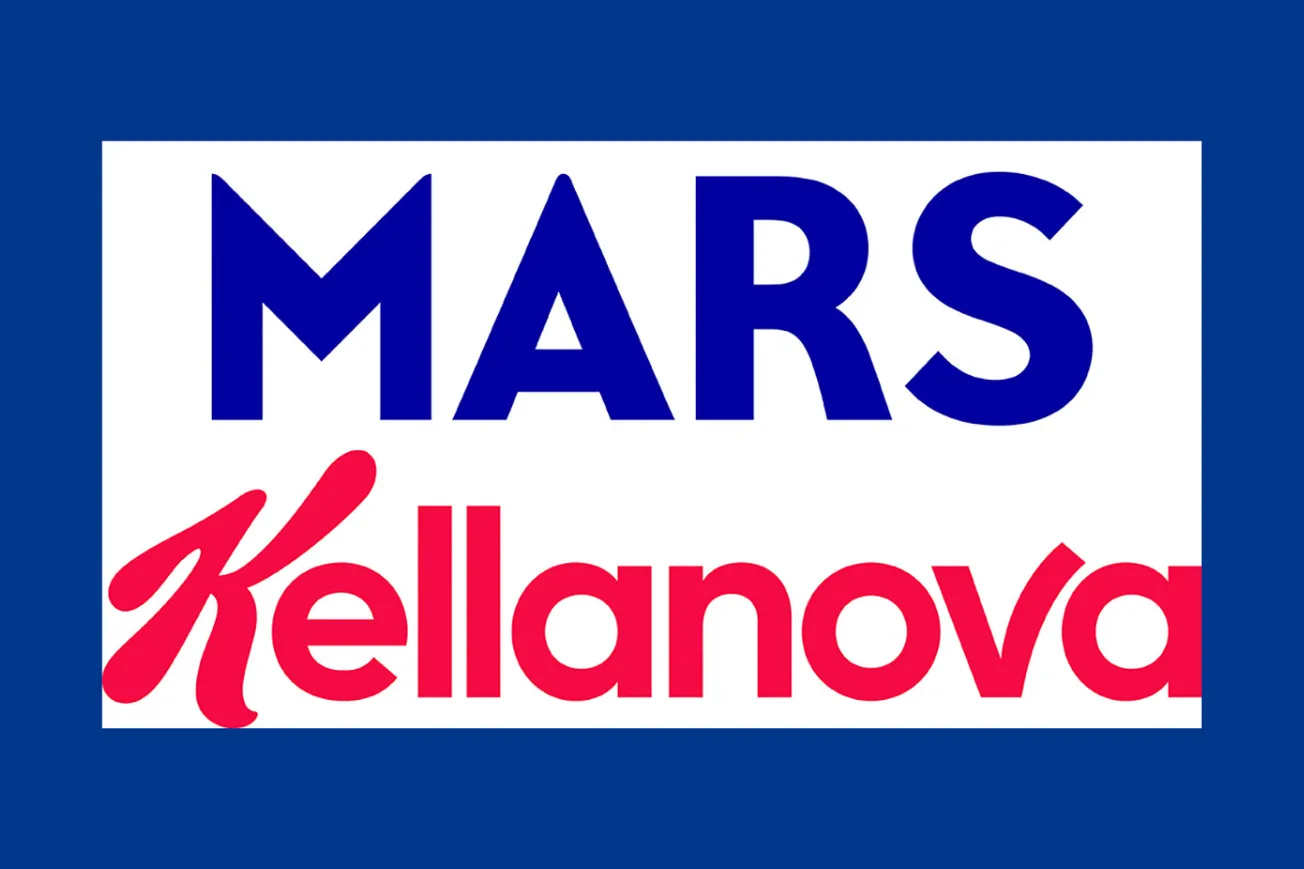When the supermarket industry is under discussion it is often said that, going forward, the winners will be such high-end grocers as Whole Foods and Mariano’s and their competitors at the opposite end of the price spectrum, low-price chains like Aldi and Save-A-Lot.
When the supermarket industry is under discussion it is often said that, going forward, the winners will be such high-end grocers as Whole Foods and Mariano’s and their competitors at the opposite end of the price spectrum, low-price chains like Aldi and Save-A-Lot.
Retailers that find themselves in the middle, the argument goes, will see their business steadily erode.
One big problem with that theory is Kroger Co., the nation’s largest supermarket operator, which has flourished while, for the most part, adhering to a traditional model. The $100 billion company’s ability to earn and retain the allegiance of food shoppers is reflected in its consistently strong financial results, including 44 consecutive quarters of identical-supermarket sales gains.
The just completed merger of Albertsons and Safeway offers evidence that investors, in this case a group led by Cerberus Capital Management, think there is more life in the conventional supermarket format. The $9.4 billion transaction creates a retailer with 2,230 stores in 34 states and the District of Columbia.
At its recent Midwinter Executive Conference, the Food Marketing Institute tacitly expressed its confidence in the continued viability of traditional supermarkets by presenting the industry’s highest honor, the Sidney R. Rabb Award, to David Dillon, the former chairman and chief executive officer of Kroger, who so effectively played a major role in running the company from 2003 until 2014.
To assert that the conventional supermarket still has a place in the retail landscape does not, however, alter the fact that competing formats within the trade class and companies in other channels are making progress in their bid to secure a larger share of the grocery business. Anyone who attended the FMI Midwinter Conference came away with the understanding that the fight to win over consumers is more intense than ever before, a task made more complex by the growing diversity of the U.S. population and the disruptive impact of digital technology.
Food retailers of all types are eager to take on the challenge. FMI members realize that while formats are important and have varying degrees of resonance with different consumers, the primary determinant in how well a given retailer performs is its ability to stay in sync with customers and effectively respond to their expectations in real time.





